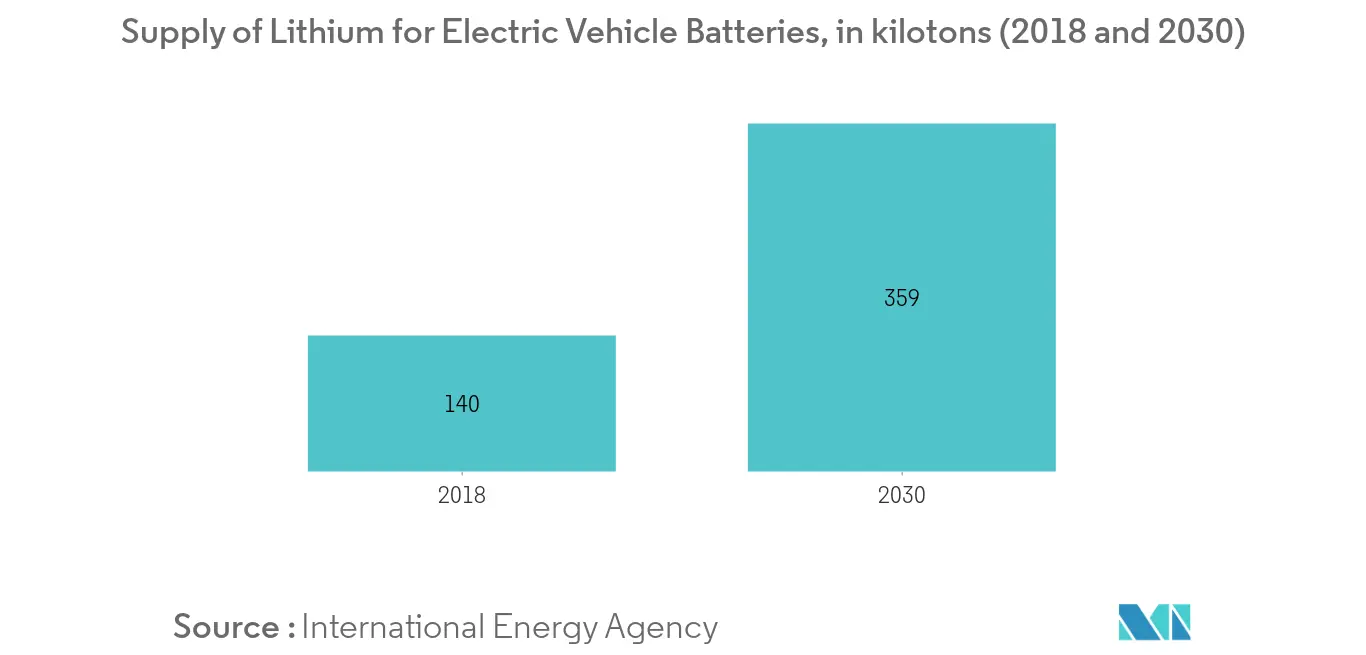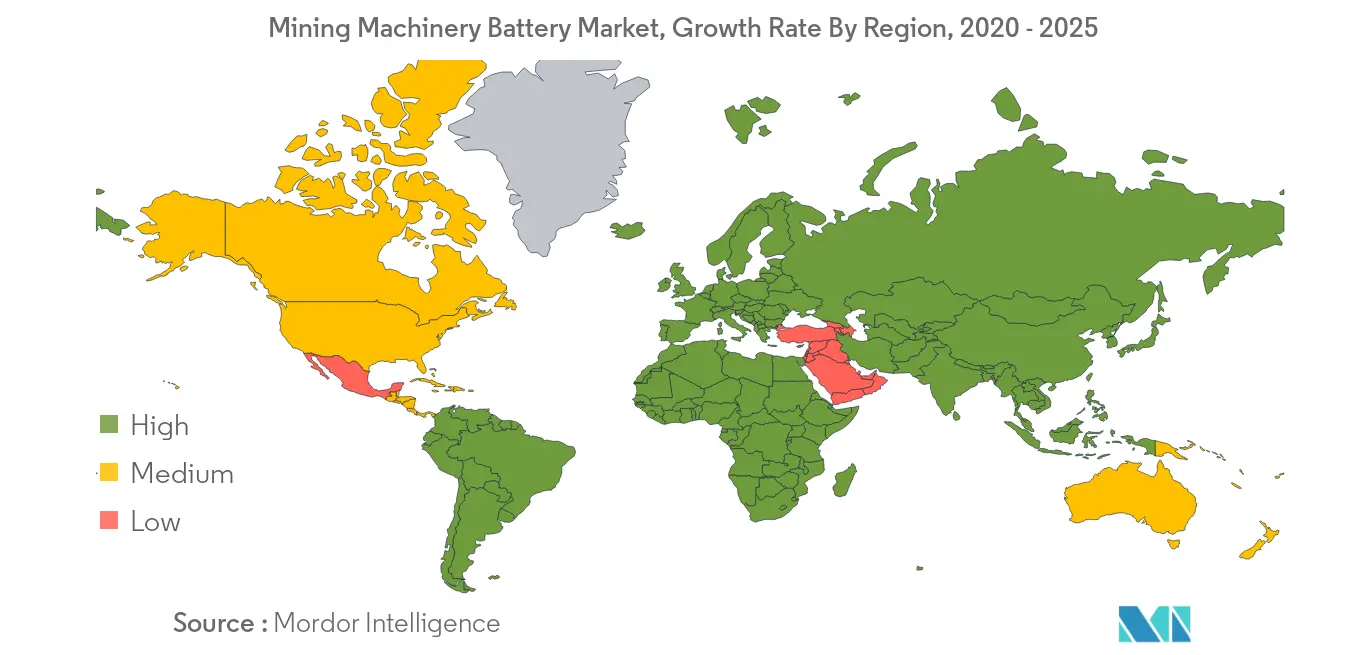Market Trends of Mining Machinery Battery Industry
This section covers the major market trends shaping the Mining Machinery Battery Market according to our research experts:
Automation and Electrification is Driving the Growth of Market
The mining industry is hugely affected by fluctuating prices and demand for mining products and raw materials. This leads to the generation of low-profit margins for operators and miners. Moreover, the mining industry is affected by stringent emission rules and import-export regulations by the government. It has been found that by raising productivity, profit margins can be increased. This is causing companies to automate and electrify mining equipment by installing sensors and analyzing data generated by them.
Growth in lithium-ion battery adoption is propelling the off-road commercial vehicle electrification market. Since 1990, industry robots' cost decreased by 50% while manual labor increased by 80%. Mining operations, such as drilling and hauling, are now fully automated. Operators are now reaping the benefits of automation by seeing increased productivity and safety. In the last seven years, employment in the mining industry has fallen by 3.23%, and productivity rose by nearly 2%.
Machines use data analytics and statistical techniques to predict the equipment failure, availability of materials in the ground their quantity through drill and sample data. This practice will reduce and eventually end time-consuming activities like face inspection and core logging.
Electrification is primarily under adoption to reduce fuel consumption. Automotive manufacturers such as Volvo are partnering with technology and telecommunication companies such as Telia and Ericsson to develop a 5G network for smooth operations of autonomous manufacturing and vehicles. Volvo's electric battery and autonomous HX2 load carrier is nearly 50% more fuel-efficient than its HX1 predecessor.

Asia Pacific is the Fastest Growing Market
In China, the government is reducing dependence on fossil fuels. This has boosted coal mining in the country. In eastern China, the government has fitted gas pipelines in households but failed to supply gas regularly. This has led to increased consumption of coal by people for heating purposes. China's largest coal-producing province, Shanxi, has provided relaxation on stringent government policies and plans to add nearly 11 million tons of coke producing capacities to meet growing demand.
In India, coal production grew by 5.17% between 2014 and 2019. Only 20% of Indian reserves have been mined, and this provides a big opportunity for miners. India is the second-largest crude steel producer, and rapid infrastructure development calls for more iron mining. Odisha government plans to auction 17 iron ore plots whose leases will expire in March 2019.
To reduce growing dependence on fossil fuels, China is investing heavily in the exploration of new lithium deposits across the globe. China reportedly invested nearly USD 4.2 billion in South American countries such as Chile and Bolivia for lithium mining. China has also established a monopoly over African lithium mines in countries such as the Democratic Republic of Congo.


